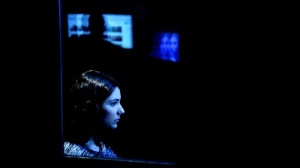The Viewing Booth | Sus
Regarding the Pain of Others
2020 has been an unprecedented time for reflection and engagement with movements that aim to tackle structural inequality. Beliefs are simultaneously being developed and dismantled. In Great Britain for example, Black Lives Matter’s calls for immediate structural change coincided with a renew…
Keep reading with a 7-day free trial
Subscribe to Cinema Year Zero to keep reading this post and get 7 days of free access to the full post archives.





